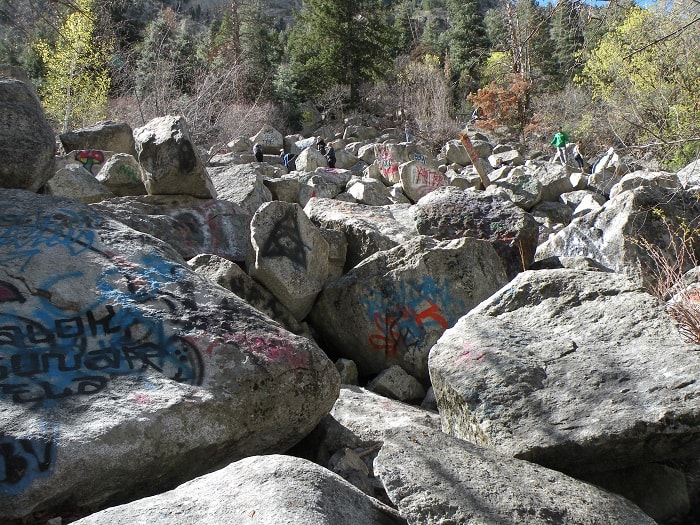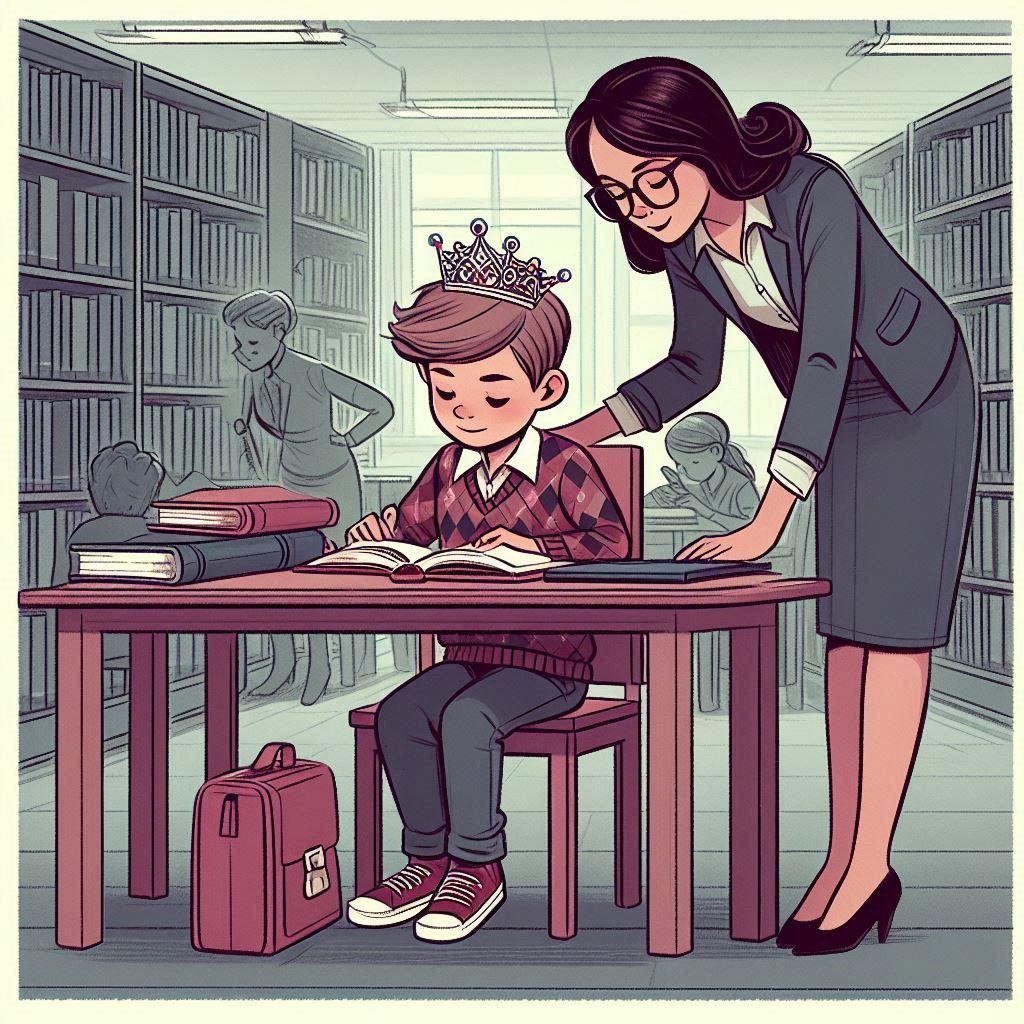
When Utahns are asked what they love about our state, one of the common answers is the close proximity to our National Forests and Parks; but what many Utahns don’t realize is that according to the U.S. Forest Service, “graffiti is the most visible and prominent crime within National Forest System lands along the Wasatch Front and can make areas that contain a lot of graffiti appear unsafe.”
Graffiti Resulting in Class B Misdemeanor
Graffiti is defined as the obvious spray-painted murals and names tagged on rock walls and boulders. It looks like carvings on natural surfaces like rocks or stones, historic properties, trees, or anything else on National Forest System (NFS) lands.
You may be asking yourself what is the difference between historical people like Kit Carson – who carved a cross into a rock on Fremont Island in 1843 – and yourself. You may be as great as Kit Carson and other early explorers but we have learned that we must protect natural landscapes for our future generations. Not to mention, it’s against the law now.
Carving your name into a rock wall or tree can result in a class B misdemeanor up to a third-degree felony depending on the replacement cost of the damaged property.
In June of 2019, in southern Utah’s Cathedral Valley vandals etched a drawing of an eye more than two feet wide and just over a foot tall into sandstone high upon the rock face. It was carved so deep and so large that national park officials don’t believe they will be able to remove it entirely.
Because graffiti along the Wasatch Front has been an ongoing issue and one that is spreading, certain areas have an abatement action plan such as the Cottonwood Canyons. Graffiti not only destroys historic structures, rocks, and boulders, but also vandals tend to destroy vegetation by trampling through areas where graffiti is common.
From Forest to Faucet
And while this may not be surprising and we’ve all been taught that we all live downstream, it is important to remember that according to the NFS “in areas where graffiti dominates the natural setting, human waste, used hypodermic needles, and empty and broken alcohol containers” are also commonly found in these areas. What happens upstream “ends up in our water supply – from forest to faucet” as they say.
If you see a graffiti vandal in action don’t approach them but instead, take photos of the cars parked in the area and make sure you get the license plates. Call the police and report it. If you happen to be in Salt Lake City limits you can even report it online at or call their graffiti hotline at 801-972-7885.
Works Cited:
Tanner, Courtney. The Salt Lake Tribune. 16 June 2019.
U.S. Dept. of Agriculture. “Graffiti Along the Wasatch Front: See it, Report it.” Salt Lake City: U.S. Forest Service, October 2019.





